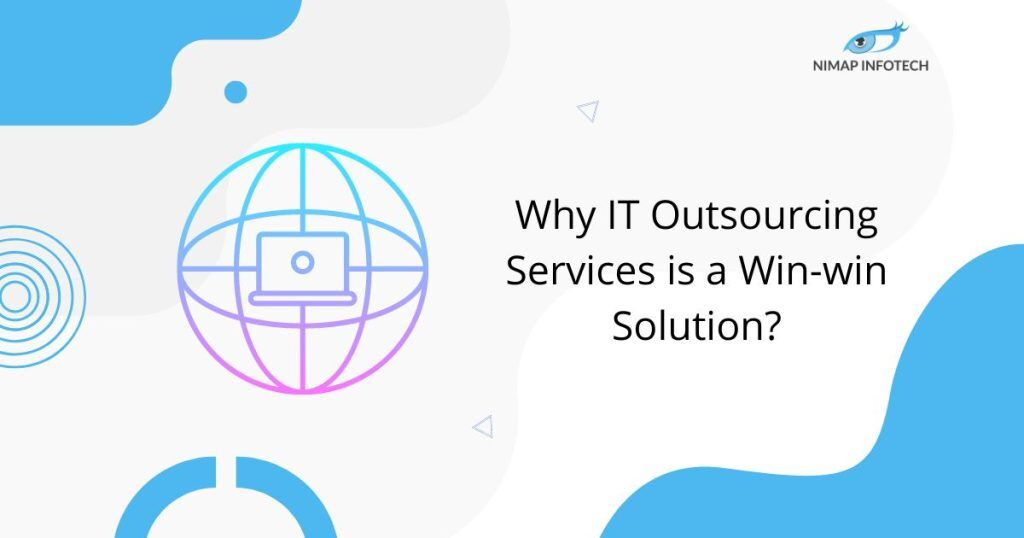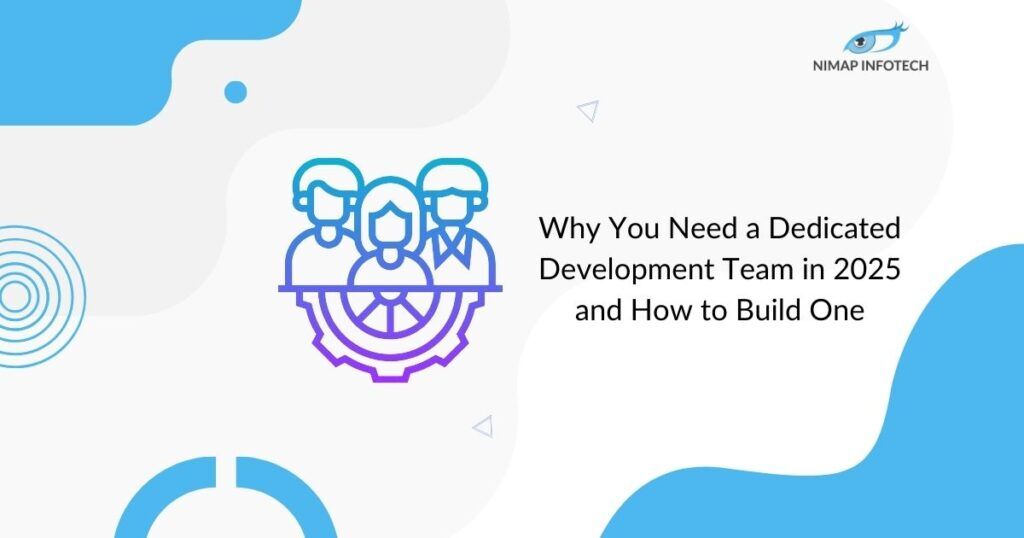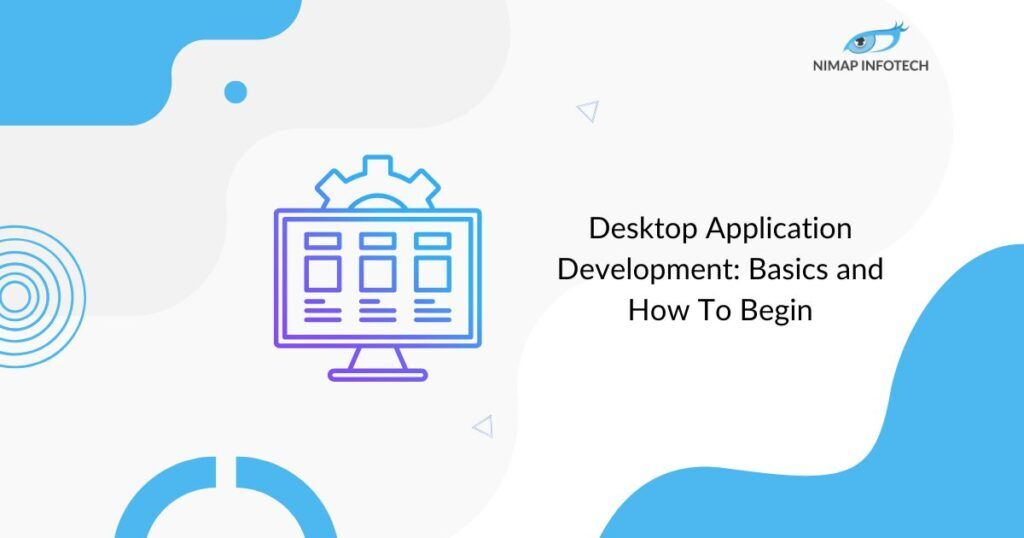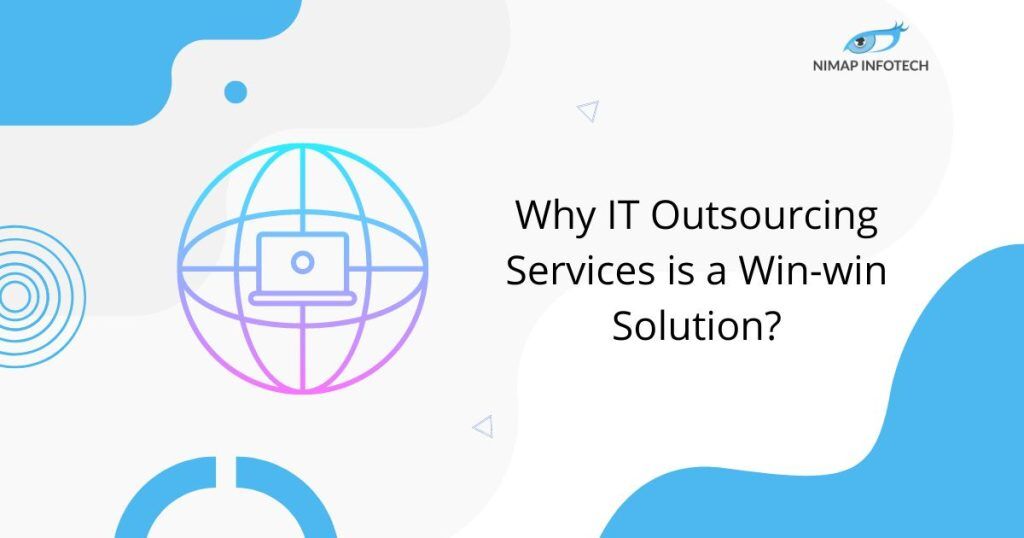Table of Contents
ToggleWhat is the Staff Augmentation Model?
The term “staff augmentation” generally refers to recruiting staff through a third-party staffing agency as an outsourcing procedure. Put another way, this approach lets you use outside staff, either temporarily or permanently, to supplement an organization’s workforce. This hiring technique, which applies to nearly every business, is also known as resource augmentation or team augmentation. And as we already mentioned, staff augmentation services are most effective in the tech sector. Staff augmentation companies will handle the hiring and delivery of competent individuals who meet project criteria by going through the recruitment process on your behalf.
When can Staff Augmentation Services be necessary?
Resource augmentation solutions are advantageous for businesses in certain scenarios. These include:
For Completing a Project:
- Resource augmentation might help you get back on track if you’ve found that you don’t have enough staff or knowledge to finish projects on time or within budget.
Lacking Specific Skills or Expertise:
- One useful strategy for “filling the gaps” in your internal IT team’s knowledge and experience is resource augmentation.
Need Specialized Skills Temporarily:
- Do your in-house developers lack any specialized talents required for your project, or would acquiring these skills take some time?
- Or maybe there’s an increase in demand that your current developers aren’t able to handle?
- Resource augmentation can offer support and assistance right now.
Also Read: Why Does Your Business Need IT Staff Augmentation?
Need Help to Assemble a Permanent Team:
- Do you need full-time workers but don’t want to waste valuable time or money?
- While you search for, interview, hire, onboard, and train permanent staff and help you with any problems that may come up, resource augmentation can keep your project moving forward.
Types of Augmentation Services –
We categorized IT staff augmentation services according to various project management and resource allocation indicators to help you better understand their scope.
Time-based Staffing:
- The first metric concerns the length of the interaction times.
- Depending on the size and complexity of the project, you can use this arrangement to hire staff on a long-term or temporary basis.
Temporary Staffing:
- When project-based work needs to be deployed quickly or when there is a last-minute need for more IT staff in a short amount of time, the service model is typically employed.
- When you need more help quickly to fill manpower shortfalls, this is the best way to add more hands to your current team.
- Because you are not imposing long-term obligations on temporary workers, as you would with full-time hires, you favour them because of their flexibility.
- Once the task is completed, the temporary workers can leave your team and rejoin it immediately.
- Employers can reduce staff as needed and augment workers to tackle severe workloads, making this the best of both worlds.
Long-term Staffing:
- Long-term commitment, on the other hand, involves assigning more employees to work on particular projects for a longer period.
- These projects are typically big, complex, and time-consuming.
- Since these initiatives frequently need in-depth knowledge and specialized abilities, the expanded team must be able to commit to the endeavour.
- Except for a brief engagement phase, this strategy will see the additional staff members incorporated into your internal operations and functioning much like internal staff members.
- In many cases, the contract will specify and record their “last days” beforehand.
Time-based Staffing:
- The first metric concerns the length of the interaction times.
- Depending on the size and complexity of the project, you can use this arrangement to hire staff on a long-term or temporary basis.
Based on Location:
- The second factor used to group IT staff augmentation services is the place of delivery.
- Project managers and employers have the option of staffing their teams with specialists who work onshore, nearshore, or offshore.
Remote Augmentation:
- When you add people offsite, it means they will work remotely rather than at your place of business.
- For individuals who prefer distributing the project across several locations and utilizing a staff that is dispersed globally, this strategy is ideal.
- Having the ability to hire remote developers at a reduced cost from any location in the world, without having to pay additional overhead costs beyond just giving them the tools and equipment they need, is the main advantage of this kind of IT staff augmentation service.
- Additionally, to strengthen your internal resources, you can make use of committed developers with a variety of backgrounds and specializations.
Skill-based:
- As its name indicates, this hiring technique emphasizes the knowledge, ability, and experience aspects of candidates.
- Hereby the enhanced individuals or teams will be evaluated and chosen to become internal employees mostly based on the skills that need to be filled.
- To put it plainly, you augment your team with experts whose skills you lack.
How to Choose an Appropriate Staff Augmentation Model?
When hiring outside expertise, choosing the appropriate staff augmentation plan and resources is essential to the project’s success. Here are a few topics to examine while you’re choosing the augmentation model.
Project Duration:
- Consider your project’s approximate timeframe.
- If it can be completed in less than six months, staff augmentation is the best option.
- If not, you have the option of selecting among the other models.
Cost Analysis:
- Determine how much it will cost to train your development team to collaborate with additional personnel.
- Compare its prices with those of hiring an in-house team or outsourcing the full project.
- Staff augmentation may not live up to its cost-saving promise if management and communication procedures aren’t executed well.
Data Sensitivity:
- Take into account the sensitivity of any information you reveal.
- It is usually a good idea to sign an augmentation contract with NDA terms and conditions with the relevant vendor and developers for this.
Steps to Follow Resource Augmentation –
Define Your Needs:
- Determine how many more employees your project requires before speaking with a resource augmentation supplier about your needs and requirements.
- Define each candidate’s requirements that you would like to pursue next.
- Details like their background, education, experience, credentials, tech stack, and expectations for their performance should all be included.
Select a Suitable Candidate:
- When you inform your resource augmentation provider of your demands, they will look for applicants that best fit your specified criteria.
- Afterwards, conduct interviews to assess their suitability.
- Pay attention to specifics like their communication skills and language proficiency in addition to their technical abilities.
- For them to properly work with your current staff, those will be essential.
- To assess their eligibility for the project, you can also provide exams of technical skills.
Record Your Code:
- Constantly update and maintain software with billions of lines of code.
- Code documentation is therefore essential.
- Any developer on your team will find it easier to comprehend other people’s code and update and improve it efficiently.
- Thus, make every effort to ensure that code is documented during the whole software development process by both your in-house engineers and your contracted resources.
- This is particularly crucial if you reduce the size of your workforce.
- Before departing the project, make sure that every developer has completed the documentation.
- You may be sure that this criterion will be met by working with a reliable resource augmentation supplier.
Establish Roles and Responsibilities:
- Establish responsibilities and processes to make sure your augmented resources and internal IT staff know what’s expected of them.
- Consequently, all personnel will understand their role in the project schedule and workflow, and your additional resources will follow your internal procedures and standards.
Maintain Transparency:
- There are company leaders who think they may lose control of their projects as a result of resource augmentation.
- Only inadequate project management and communication techniques can lead to this.
- View further staff augmentation shortcomings and solutions here.
- To avoid such, prioritize clear and regular communication.
- This will guarantee that you are aware of the project’s progress, enhance internal team collaboration with additional resources, and quickly handle any problems or concerns.
Read More: How Is IT Staff Augmentation A Unique Talent Option For The Startups?
Conclusion
Staff augmentation can be a game-changer for firms trying to optimize their staff and achieve a competitive advantage. You may close the skill gaps in your company, increase output, and accelerate expansion by utilizing this strategic outsourcing technique. Remember, there are many opportunities to unlock in addition to filling gaps. So, don’t hesitate to investigate the potential of staff augmentation—your company deserves it!
Choose Nimap Infotech for a hassle-free IT staff augmentation process. We can provide a wide range of employees, from project managers and business analysts to software developers. In addition to helping you create a roadmap that is specific to the goals of your project, our team of specialists is always accessible for assistance. We handpick developers tailored to your company through a stringent selection process, valuing corporate culture. Our specialists closely collaborate with you, ensuring every employee aligns with your business’s purpose, vision, and values for long-term success.
Author
-

With 14+ years in IT and entrepreneurship, I co-founded Nimap Infotech, a digital transformation company that has delivered 1200+ projects and built a team of 400+ engineers. I’ve also led mobile development teams at Accenture India and IBM Apple Garage and developed a network of 7k+ iOS and Android developers. As an Angel Investor, tech advisor, and mentor, I actively engage with the startup ecosystem.
View all posts








